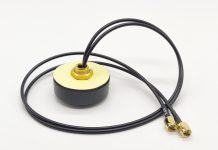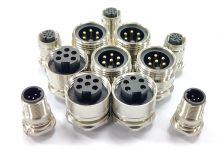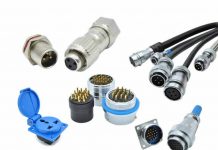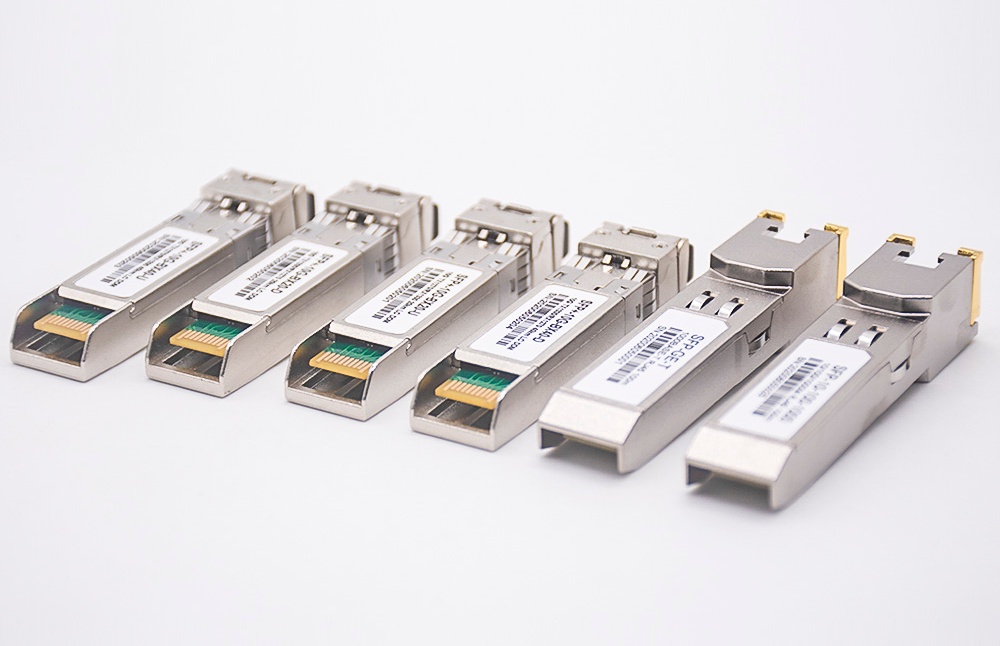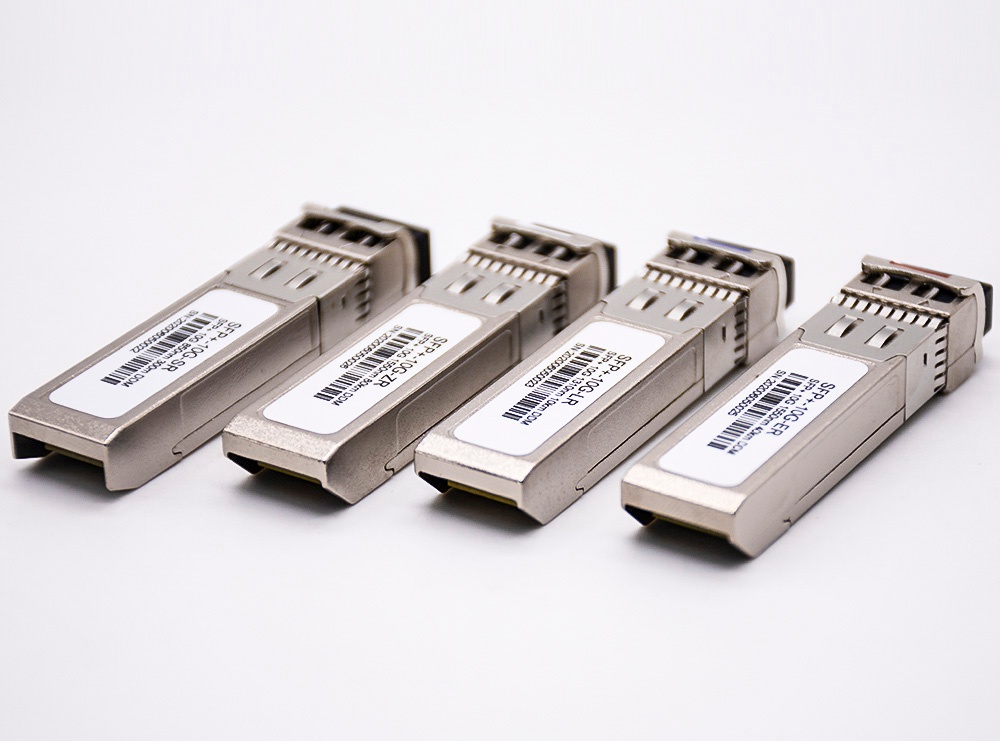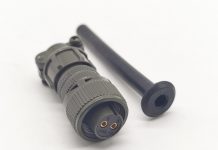As we all know, optical modules have many parameters, and the application fields of optical modules with different parameters are different. Only when all parameters meet the requirements can the performance of the optical module be optimized. How do we distinguish these optical module parameters?
Fiber type: According to the transmission mode of the optical module in the fiber, it can be divided into single-mode fiber and multi-mode fiber. The fiber diameter of single-mode fiber SMF is 9/125μm; the fiber diameter of multimode fiber MMF is generally 50/125μm or 62.5/125μm.
Transmission distance: Due to the severe inter-mode dispersion of multimode optical modules, it can only be used for short-distance transmission. Its transmission distance can only reach 5km, but the transmission distance of single-mode optical modules can reach 150km-200km.
Light source: The light source of single-mode optical module is LD or LED with narrow spectral line, and the light source of multi-mode optical module is light-emitting diode or laser.
Application range: Single-mode optical modules are mostly used in lines with relatively high transmission rates and relatively long distances, such as metropolitan area network construction. Long-distance trunk transmission, and multi-mode optical modules are suitable for local area networks. Multi-mode optical modules are mostly used in short-distance transmission, and transmission with more network nodes and connectors is also very suitable for the application of multi-mode optical modules.
Cost: Since the number of components used in a single-mode optical module is twice that of a multi-mode optical module, the total cost of a single-mode optical module is much higher than that of a multi-mode optical module.
Wavelength: The working wavelength of multimode optical modules is generally 850nm, and the working wavelength of single-mode optical modules is generally 1310nm, 1550nm.
Dispersion and loss: In the actual application process, the link loss of the 1310nm optical module is generally calculated at 0.35dBm/km, and the link loss of the 1550nm optical module is generally calculated at 0.20dBm/km. The calculation of the dispersion value is very complicated and is generally only for reference.
After reading the above introduction, everyone should have a certain understanding of which optical module to choose. Elecbee is an electronic conponents store online, and we provide retail and customized services. For further assistance or know more about our products, please feel free to contact us.


